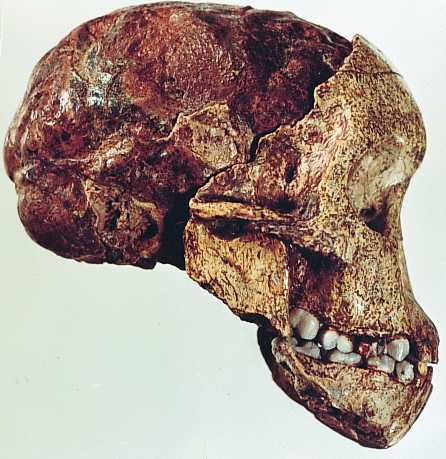New Scientist
Image: scead
The skull of an ape-like Australopithecus found in 1924 and nicknamed the Taung Child revolutionised our view of human origins. It suggested humans evolved in Africa, not Eurasia as previously thought.
No other hominin fossils have been found at the site since. But now a fossilised bee’s nest provides an insight into the local habitat in which that early human lived almost 3 million years ago – and hints that more fossils could be waiting to be discovered.
It is generally thought that the Taung Child was unearthed in the remains of a small cavern as the rocks containing the skull appear similar to cave-formed limestones.
“All other South African hominins come from cave sediments formed within old Precambrian [limestones],” says Philip Hopley at Birkbeck, University of London. These include Australopithecus sediba, discovered in 2008, and the impressive haul of Homo naledi skeletons found in 2013.
But in 2013, Hopley and his colleagues suggested an alternative: that the Taung Child was preserved in a 2.8-million-year-old surface soil. Read more on newscientist.com…








